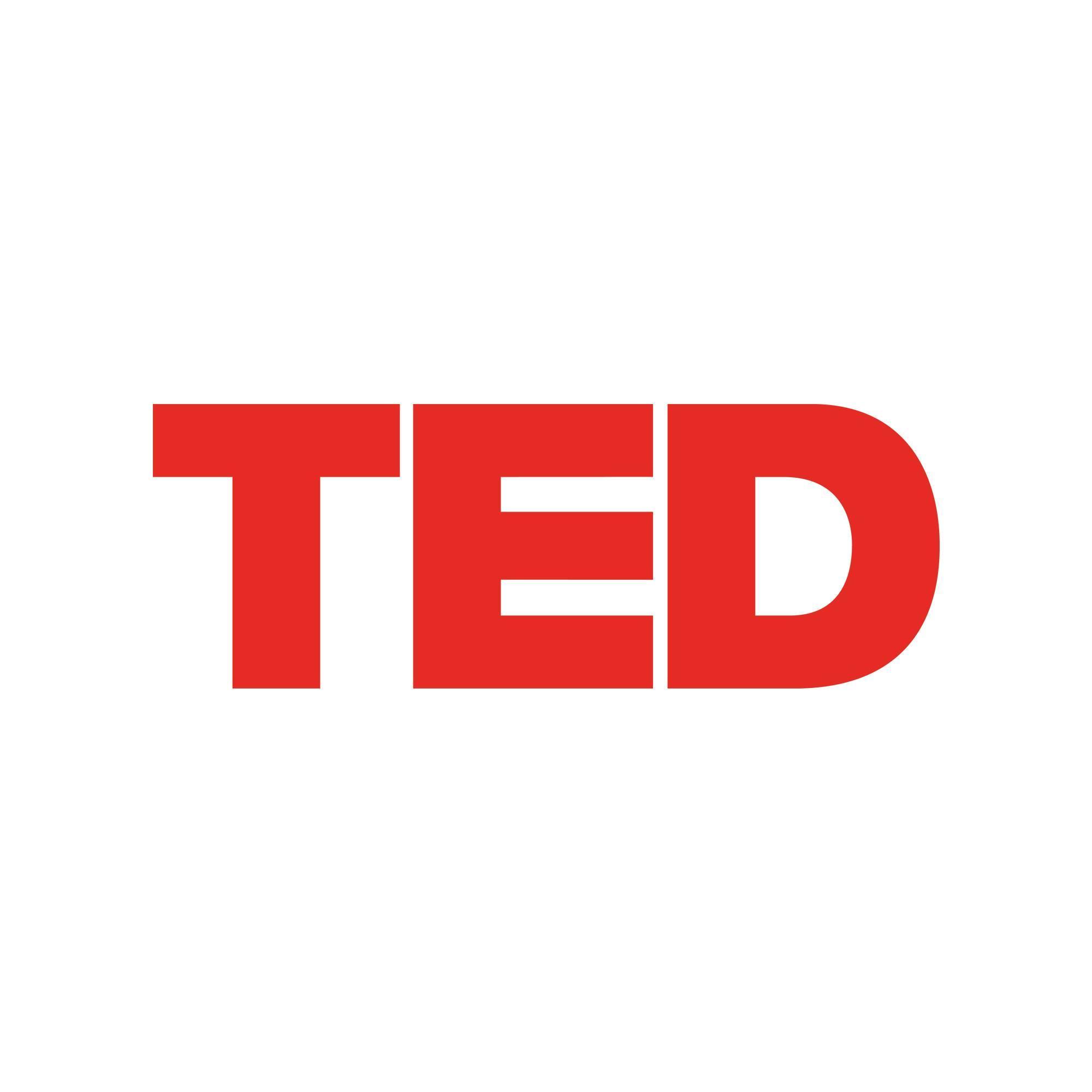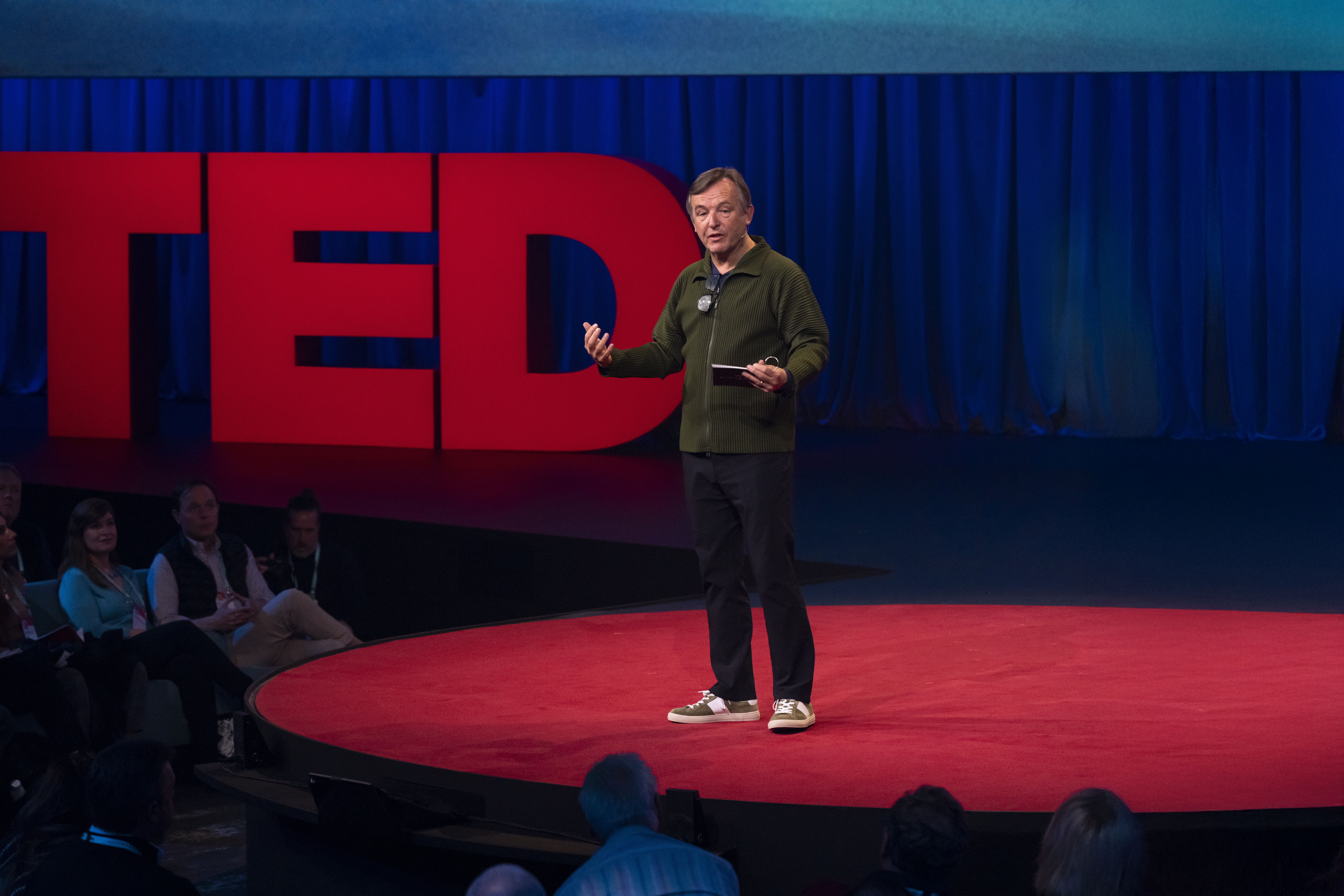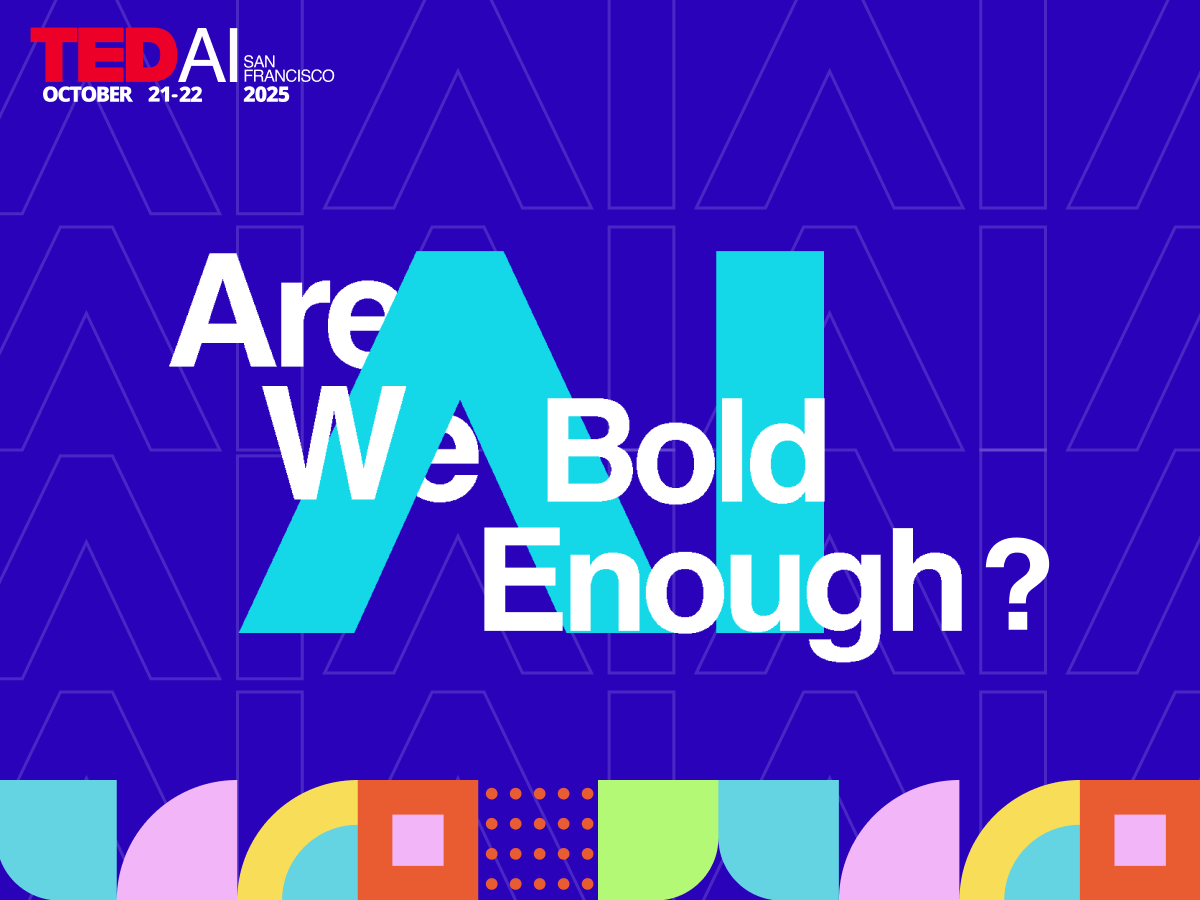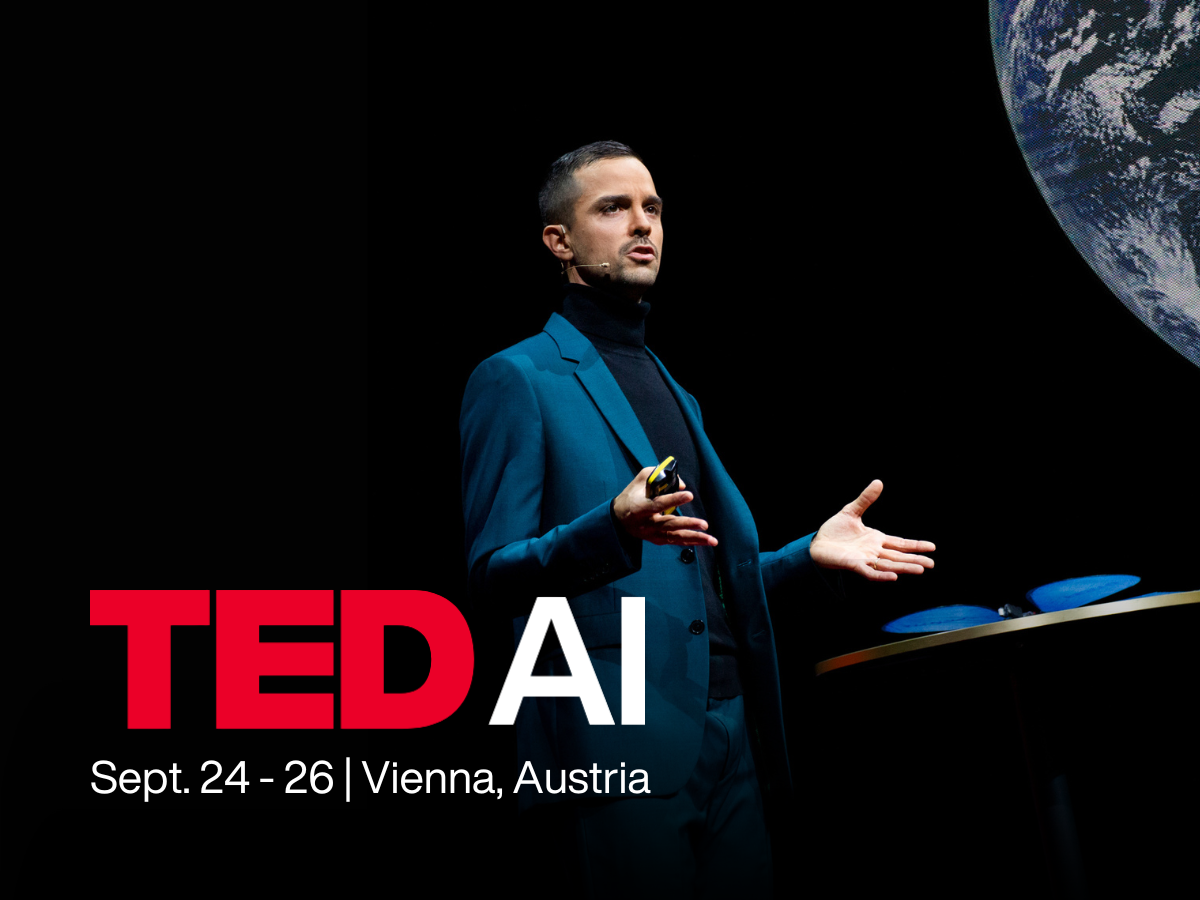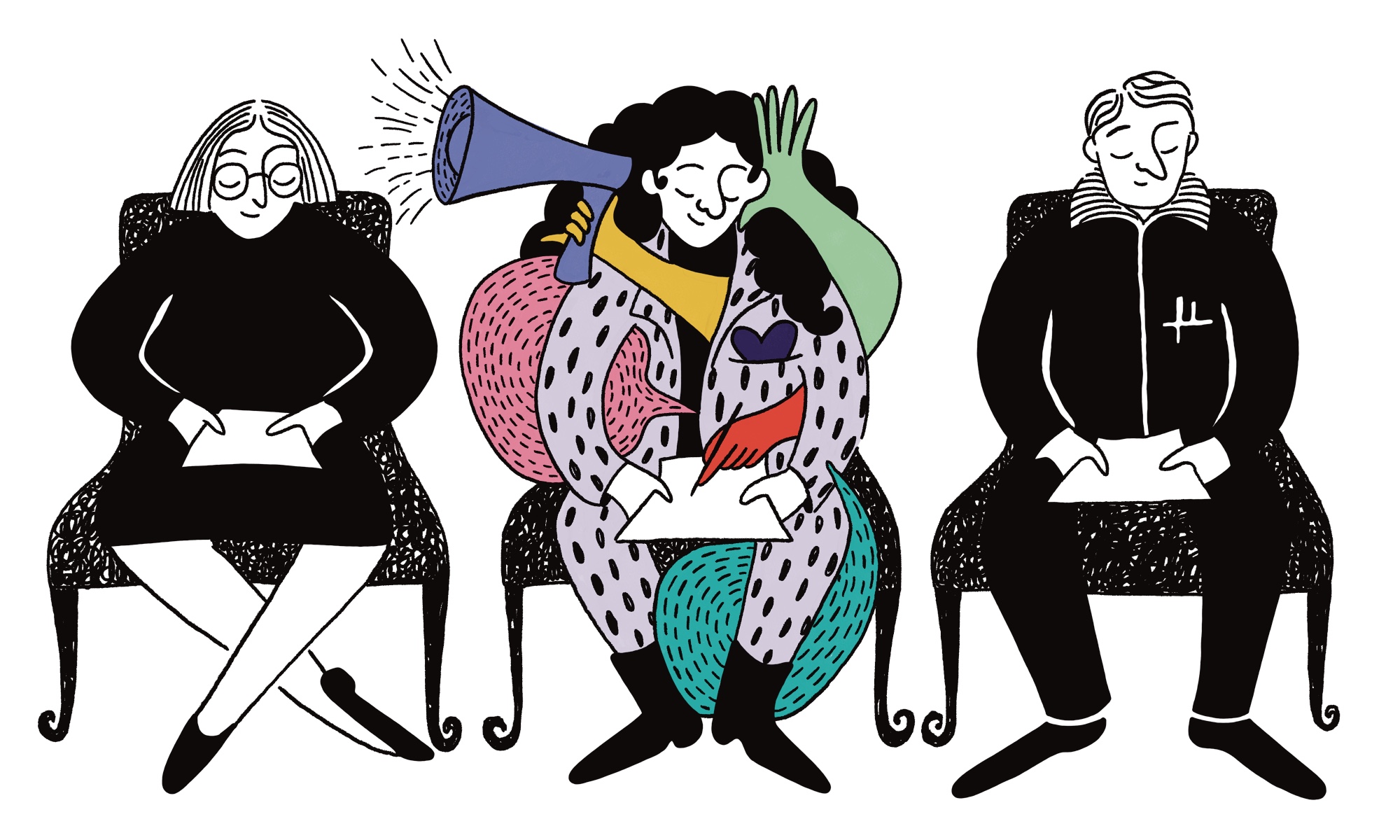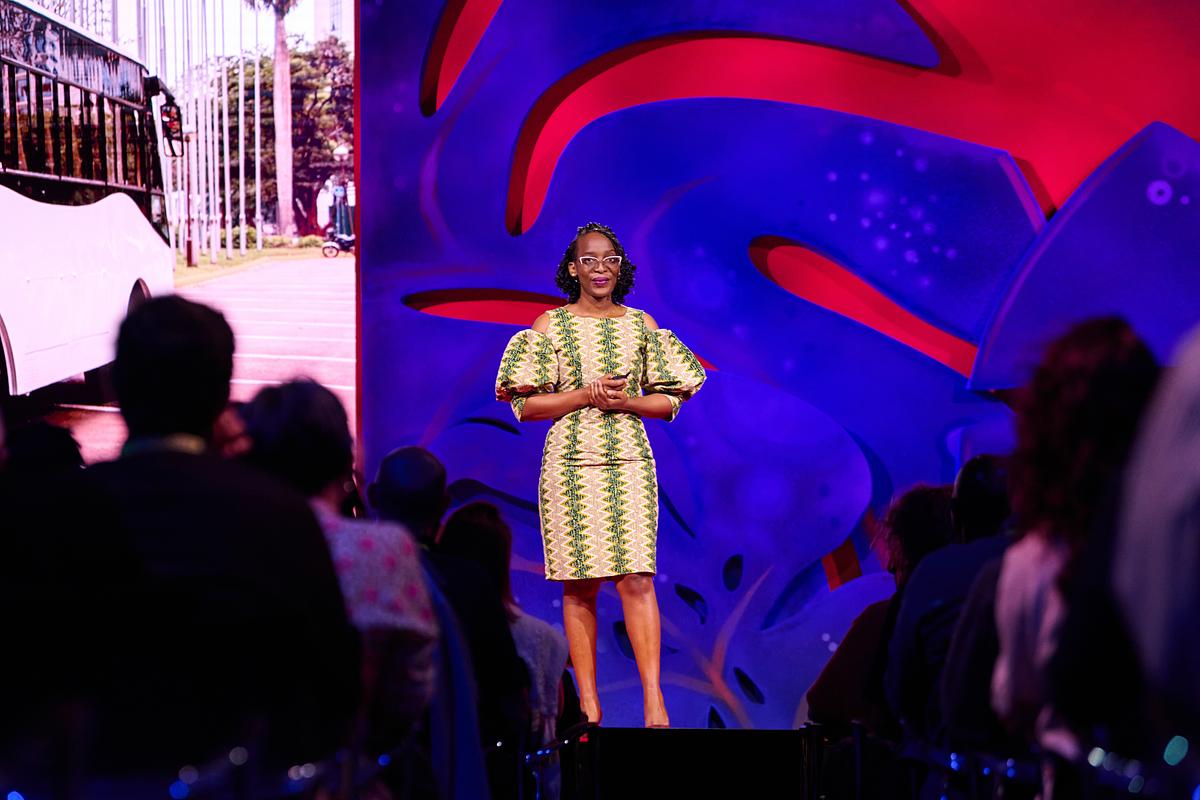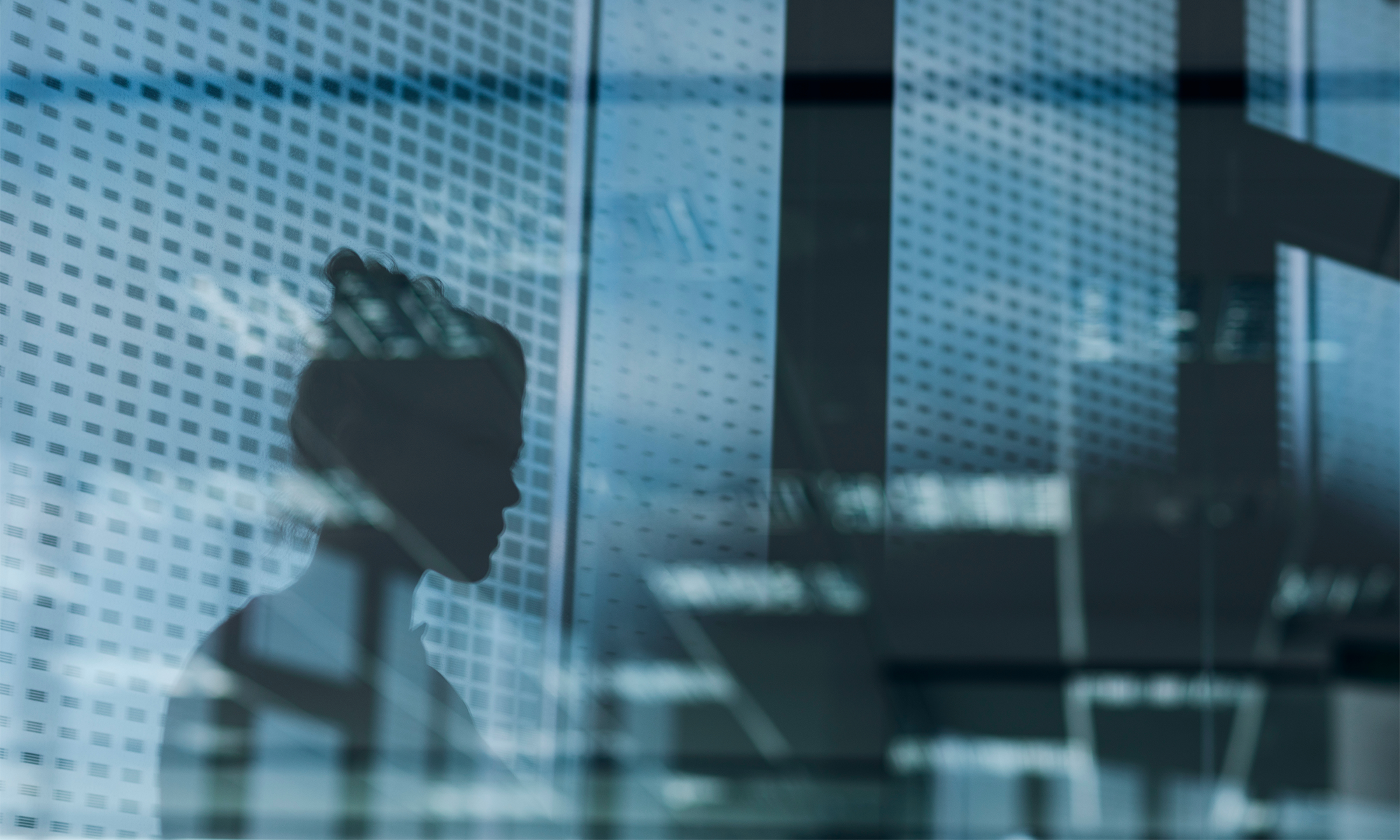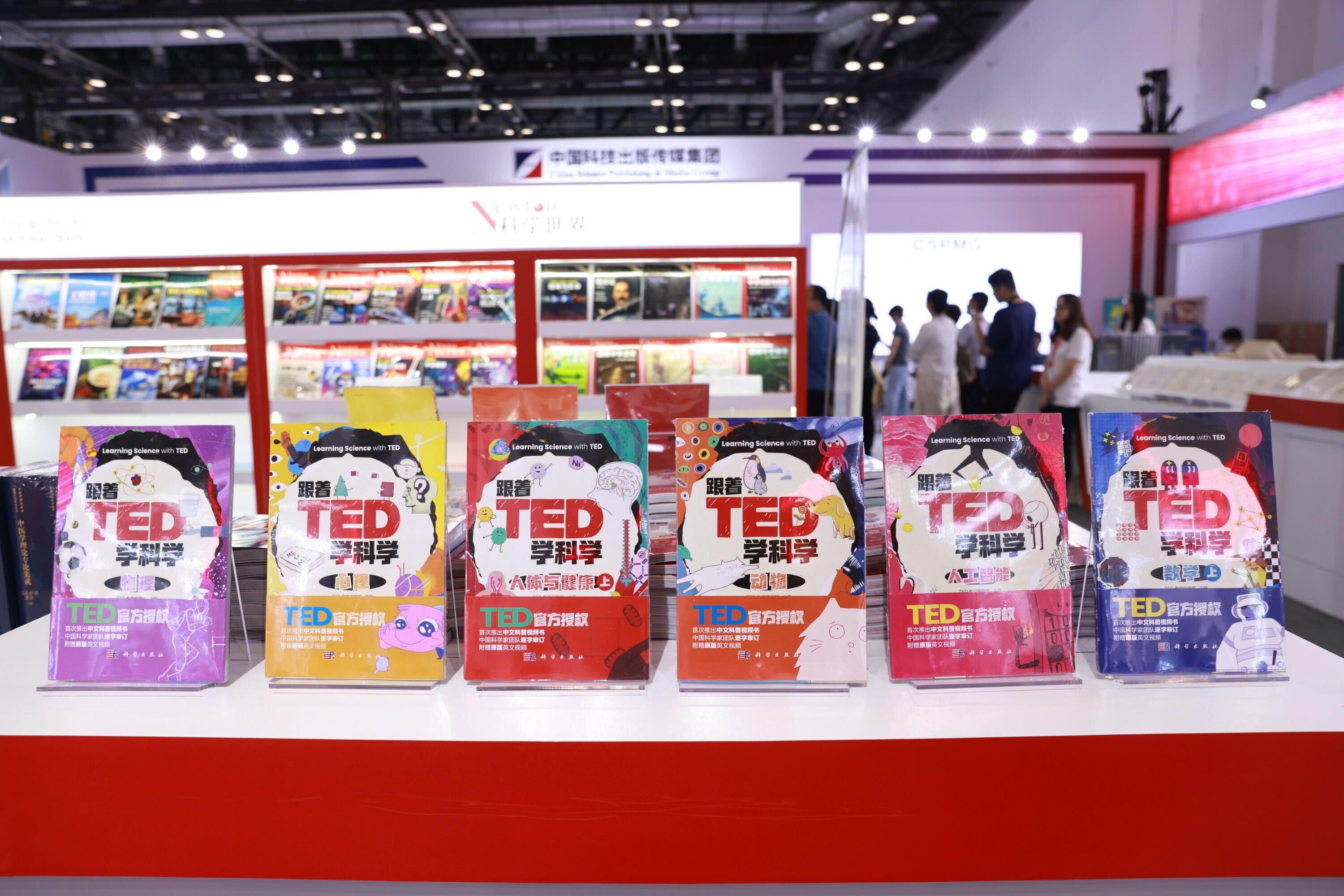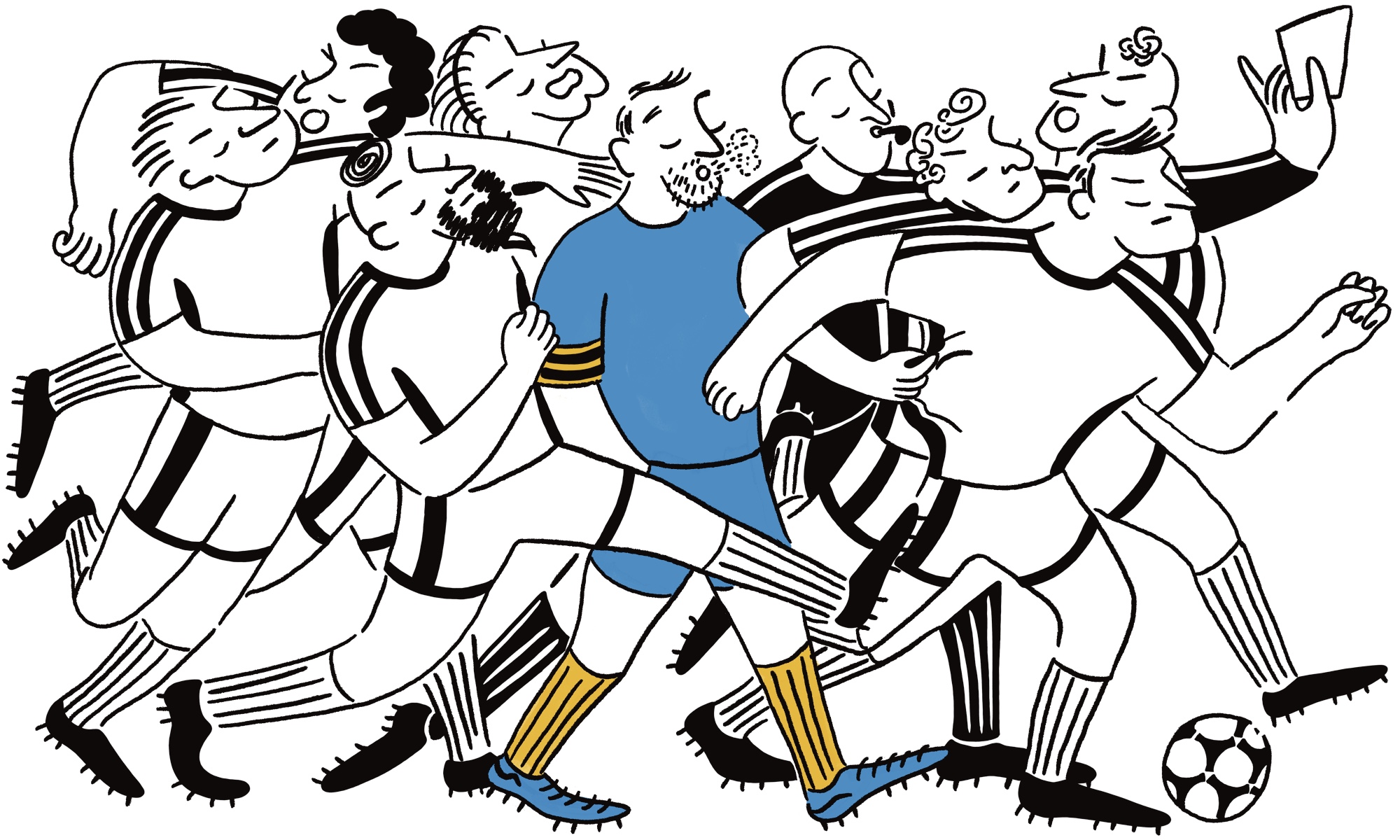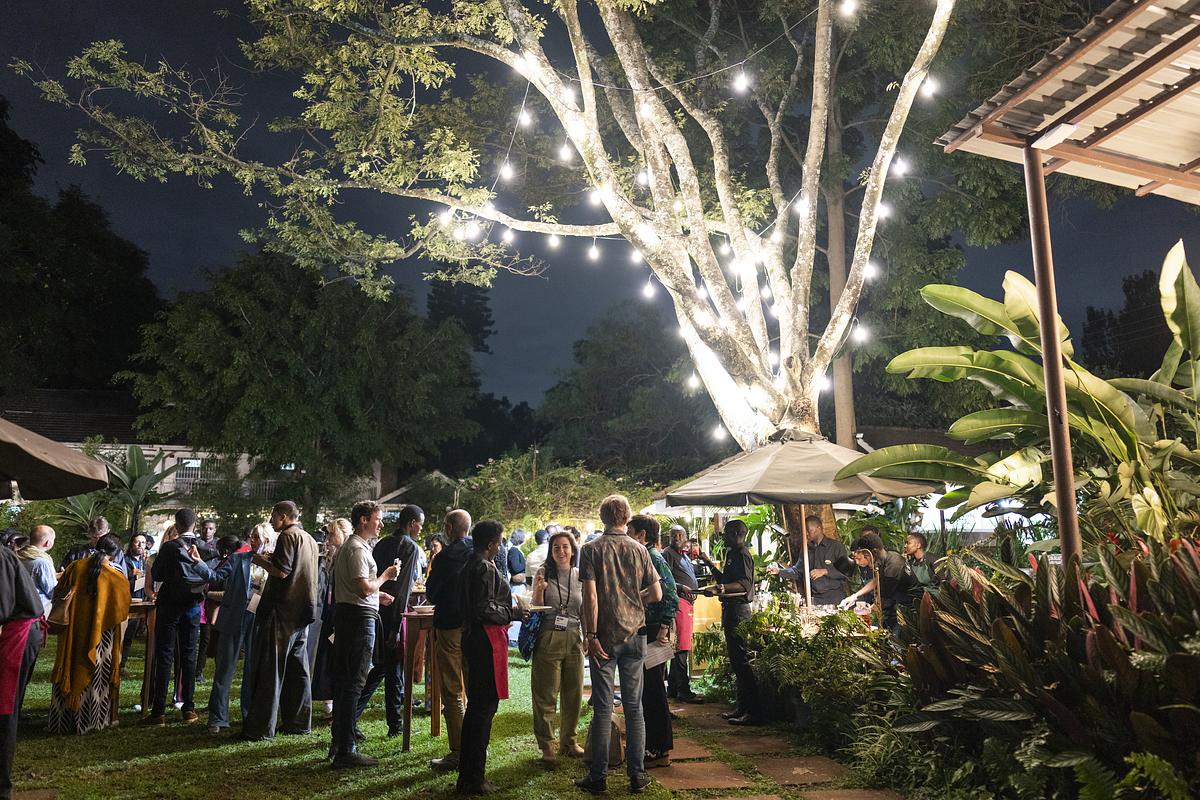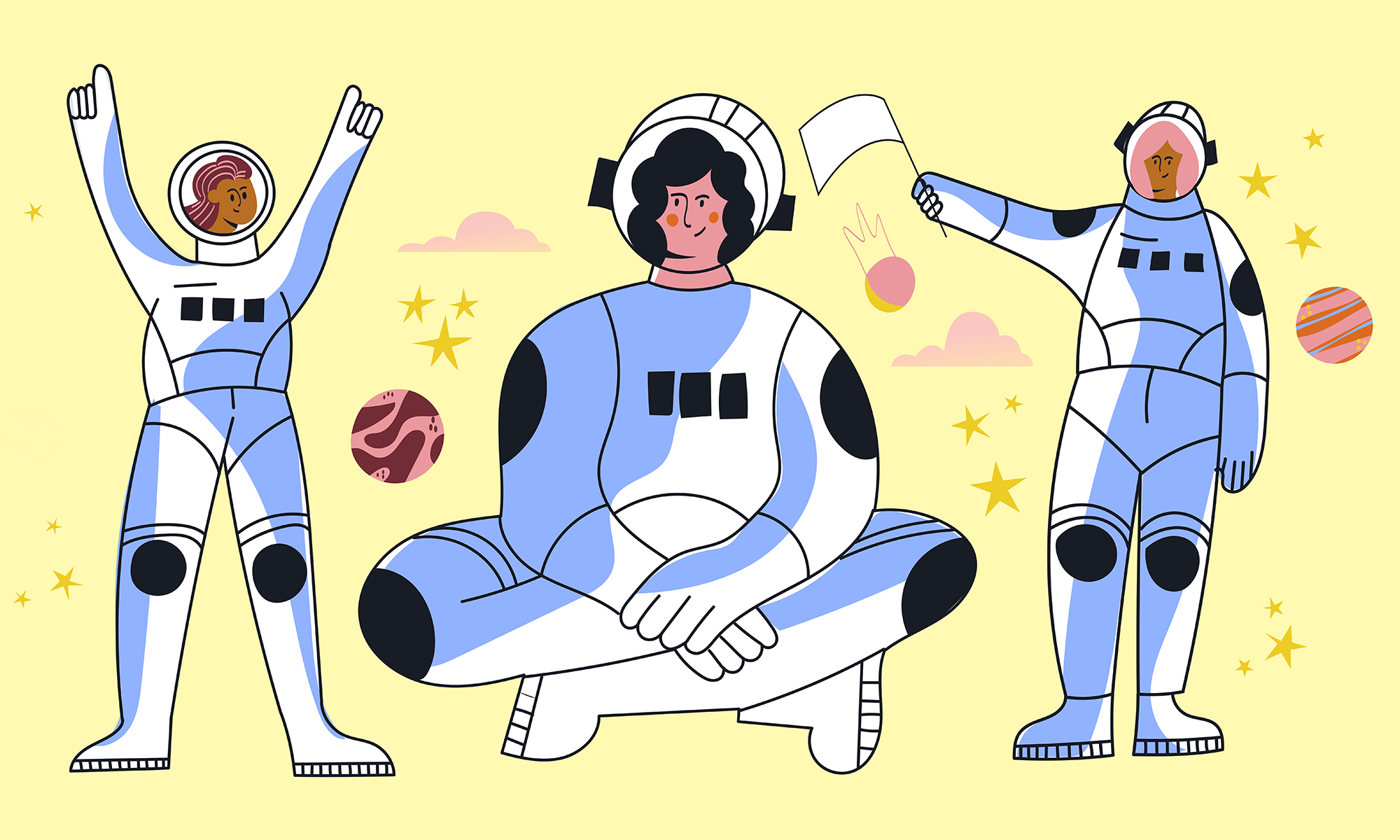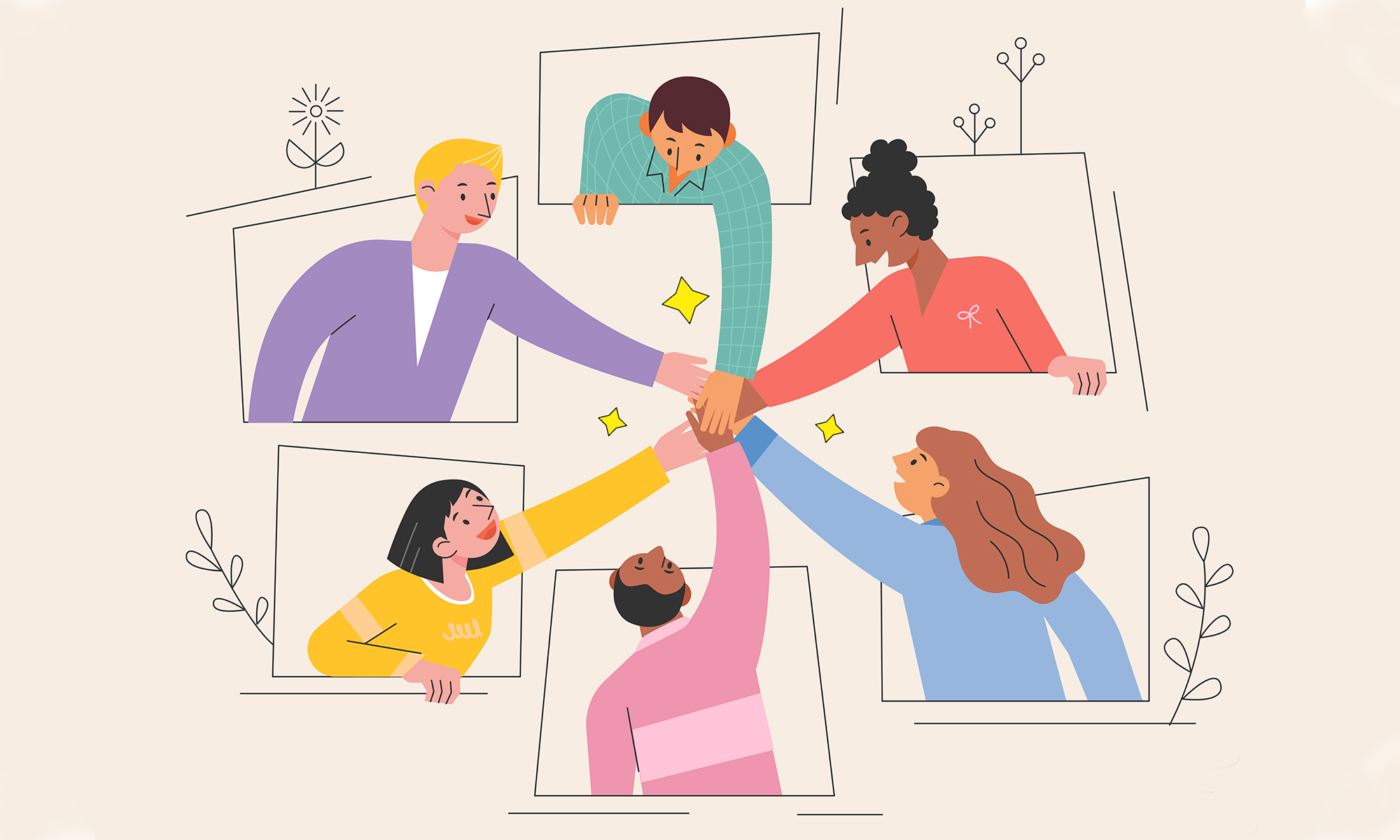blog.ted.com
Countdown Summit TED Countdown Summit 2025 in photosPosted by: TED Staff July 22, 2025at 10:05 am EDTLast month, more than 600 attendees from 69 countries gathered in Nairobi, Kenya, for Countdowns first Summit in the Global South, a region at the forefront of climate innovation. The Summit brought together a visionary group of global innovators, business executives, scientists, policymakers, next-generation leaders, artists, activists all united in their commitment to building a brighter future. Below, enjoy a selection of photos from the Summit. And check out TED Talks from the event, plus follow Countdown on Instagram and LinkedIn for updates.TED Countdown Summit 2025 Photo Team: Callie Giovanna, Humphrey Gateri and Elizabeth ZeeuwTED Countdown Summit 2025, June 16 18, 2025, Nairobi, Kenya. (Photo: Callie Giovanna / TED)TED Countdown Summit 2025, June 16 18, 2025, Nairobi, Kenya. (Photo: Callie Giovanna / TED)TED Countdown Summit 2025, June 16 18, 2025, Nairobi, Kenya. (Photo: Callie Giovanna / TED)TED Countdown Summit 2025, June 16 18, 2025, Nairobi, Kenya. (Photo: Callie Giovanna / TED)Turkana Sessions performs at TED Countdown Summit 2025, June 16 18, 2025, Nairobi, Kenya. (Photo: Callie Giovanna / TED)Al Gore speaks at TED Countdown Summit 2025, June 16 18, 2025, Nairobi, Kenya. (Photo: Callie Giovanna / TED)TED Countdown Summit 2025, June 16 18, 2025, Nairobi, Kenya. (Photo: Callie Giovanna / TED)TED Countdown Summit 2025, June 16 18, 2025, Nairobi, Kenya. (Photo: Callie Giovanna / TED)TED Countdown Summit 2025, June 16 18, 2025, Nairobi, Kenya. (Photo: Callie Giovanna / TED)TED Countdown Summit 2025, June 16 18, 2025, Nairobi, Kenya. (Photo: Callie Giovanna / TED)TED Countdown Summit 2025, June 16 18, 2025, Nairobi, Kenya. (Photo: Humphrey Gateri / TED)TED Countdown Summit 2025, June 16 18, 2025, Nairobi, Kenya. (Photo: Humphrey Gateri / TED)TED Countdown Summit 2025, June 16 18, 2025, Nairobi, Kenya. (Photo: Humphrey Gateri / TED)Isabella Tree speaks at TED Countdown Summit 2025, June 16 18, 2025, Nairobi, Kenya. (Photo: Callie Giovanna / TED)TED Countdown Summit 2025, June 16 18, 2025, Nairobi, Kenya. (Photo: Callie Giovanna / TED)TED Countdown Summit 2025, June 16 18, 2025, Nairobi, Kenya. (Photo: Callie Giovanna / TED)Yi Li speaks at TED Countdown Summit 2025, June 16 18, 2025, Nairobi, Kenya. (Photo: Humphrey Gateri / TED)TED Countdown Summit 2025, June 16 18, 2025, Nairobi, Kenya. (Photo: Humphrey Gateri / TED)TED Countdown Summit 2025, June 16 18, 2025, Nairobi, Kenya. (Photo: Humphrey Gateri / TED)TED Countdown Summit 2025, June 16 18, 2025, Nairobi, Kenya. (Photo: Callie Giovanna / TED)TED Countdown Summit 2025, June 16 18, 2025, Nairobi, Kenya. (Photo: Callie Giovanna / TED)TED Countdown Summit 2025, June 16 18, 2025, Nairobi, Kenya. (Photo: Callie Giovanna / TED)TED Countdown Summit 2025, June 16 18, 2025, Nairobi, Kenya. (Photo: Callie Giovanna / TED)TED Countdown Summit 2025, June 16 18, 2025, Nairobi, Kenya. (Photo: Humphrey Gateri / TED)Akoth and MR. LU* perform at TED Countdown Summit 2025, June 16 18, 2025, Nairobi, Kenya. (Photo: Humphrey Gateri / TED)TED Countdown Summit 2025, June 16 18, 2025, Nairobi, Kenya. (Photo: Callie Giovanna / TED)James Mnyupe speaks at TED Countdown Summit 2025, June 16 18, 2025, Nairobi, Kenya. (Photo: Humphrey Gateri / TED)TED Countdown Summit 2025, June 16 18, 2025, Nairobi, Kenya. (Photo: Humphrey Gateri / TED)TED Countdown Summit 2025, June 16 18, 2025, Nairobi, Kenya. (Photo: Humphrey Gateri / TED)TED Countdown Summit 2025, June 16 18, 2025, Nairobi, Kenya. (Photo: Humphrey Gateri / TED)
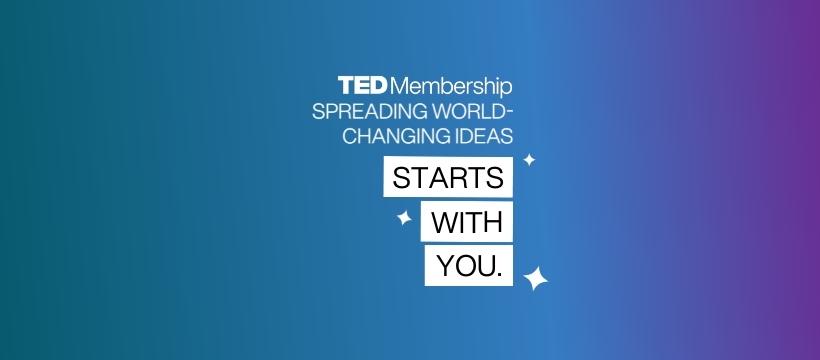




 590
590



 2K
2K



 2K
2K



 2K
2K



